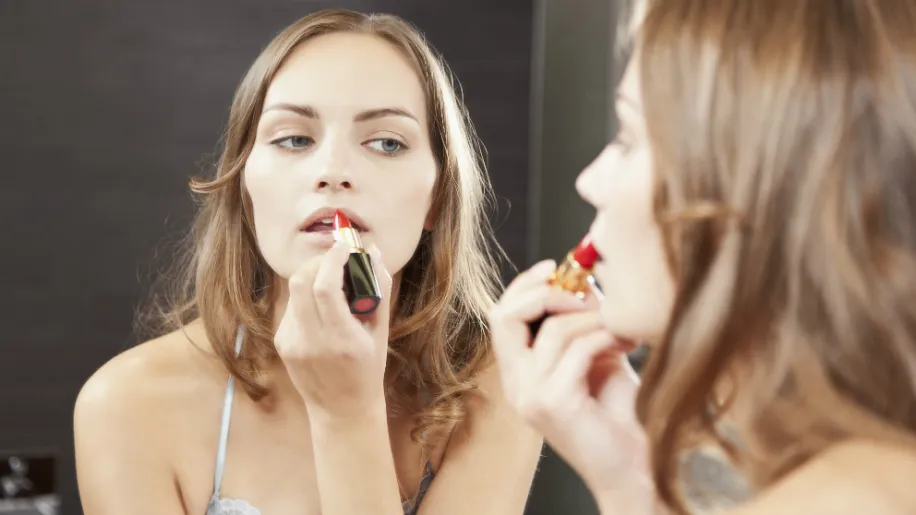nyssenate31.com – In an era where beauty is both universally admired and uniquely individual, the quest for harmonized global standards presents a delicate balancing act. As the beauty industry expands its reach across international borders, the challenge of aligning diverse cultural perceptions, regulatory requirements, and consumer expectations becomes increasingly complex. This article delves into the intricacies of harmonizing global standards in the beauty industry, exploring the benefits, challenges, and the path forward.
The Global Beauty Landscape
The beauty industry is a kaleidoscope of cultures, trends, and preferences. From the skincare-obsessed markets of South Korea to the vibrant cosmetic scenes of Brazil and the United States, each region has its unique beauty standards and practices. This diversity is both a strength and a challenge when it comes to global standardization.
The Need for Harmonization
Harmonizing global standards in the beauty industry is not just about streamlining regulations; it’s about ensuring safety, quality, and accessibility for consumers worldwide. It involves aligning product safety standards, labeling requirements, and marketing practices to meet the expectations of diverse markets. This harmonization is crucial for several reasons:
Ensuring Consumer Safety
Different countries have varying standards for what constitutes a safe beauty product. Harmonization helps in setting a global benchmark for safety, protecting consumers from harmful ingredients and practices.
Facilitating Trade
For beauty brands, navigating the regulatory maze of multiple countries can be daunting. Harmonized standards simplify this process, making it easier for brands to enter new markets and for consumers to access a wider variety of products.
Promoting Innovation
A unified regulatory framework encourages innovation by allowing beauty companies to invest in research and development without the added complexity of adapting products for each market’s unique requirements.
Challenges in Harmonization
Despite its benefits, harmonizing global standards in the beauty industry faces several challenges:
Cultural Differences
Beauty standards vary significantly across cultures, making it difficult to establish universal norms. What is considered beautiful in one culture may not be in another, influencing product development and marketing strategies.
Regulatory Diversity
Different countries have their own regulatory bodies and requirements, making it challenging to find a one-size-fits-all approach. Harmonization efforts must navigate these differences without compromising on safety and efficacy.
Resistance to Change
Both industry players and consumers may resist changes to long-standing practices and preferences. Education and transparency are key to overcoming this resistance and fostering acceptance of harmonized standards.
The Path Forward
Achieving harmonized global standards in the beauty industry requires a collaborative effort from all stakeholders:
International Dialogue
Regulatory bodies, industry associations, and consumer groups must engage in ongoing dialogue to identify common ground and areas for compromise.
Adaptable Frameworks
Harmonization efforts should result in adaptable frameworks that respect cultural differences while ensuring safety and quality.
Consumer Education
Educating consumers about the benefits of harmonized standards can help build trust and acceptance. This includes transparency about product ingredients, efficacy, and safety.
Conclusion
The beauty balancing act of harmonizing global standards is a complex but necessary endeavor. By aligning safety, quality, and accessibility, the beauty industry can better serve a diverse global consumer base. Through collaboration, adaptability, and education, the industry can navigate the challenges of harmonization, paving the way for a more unified and innovative future.
